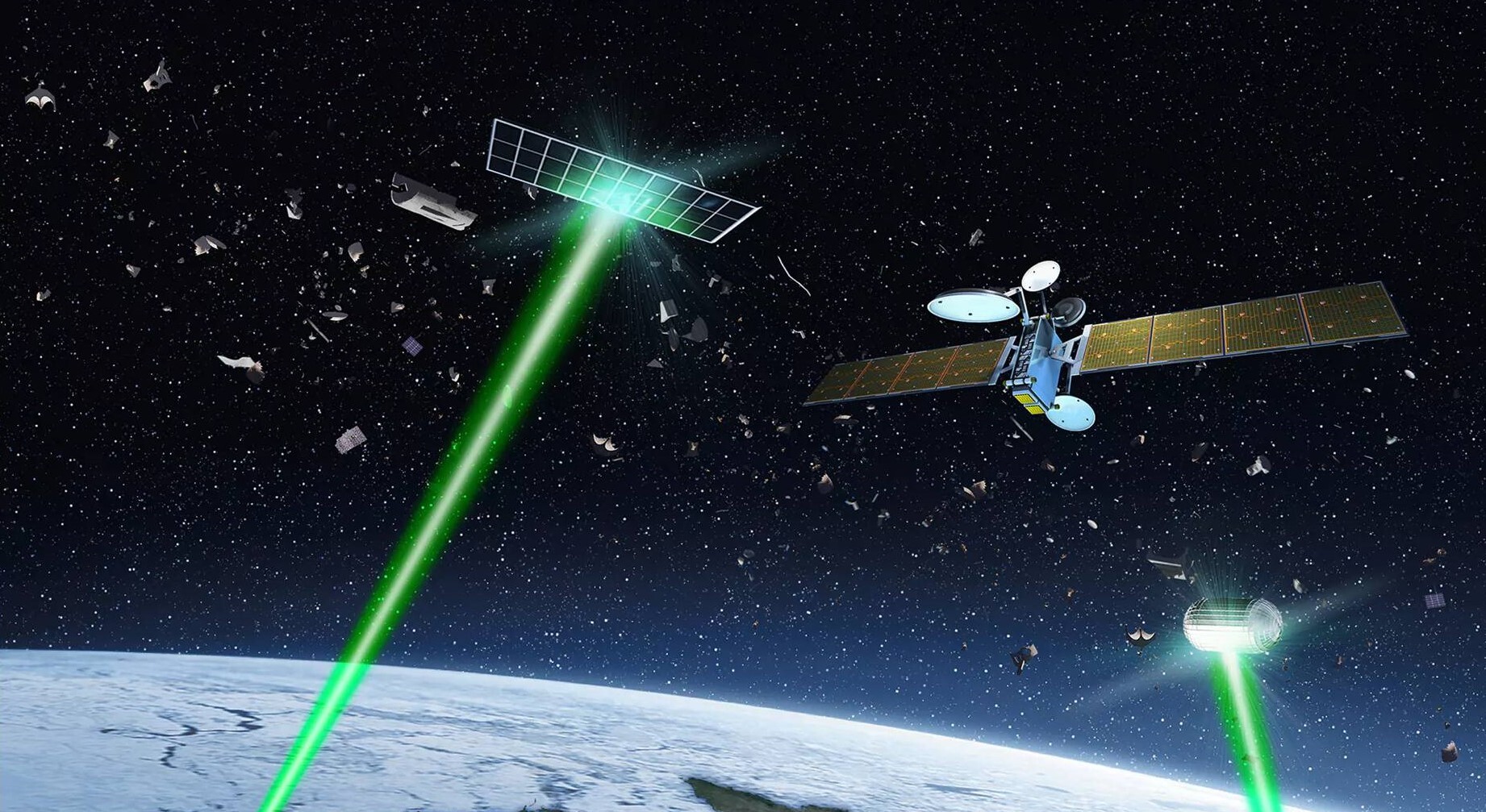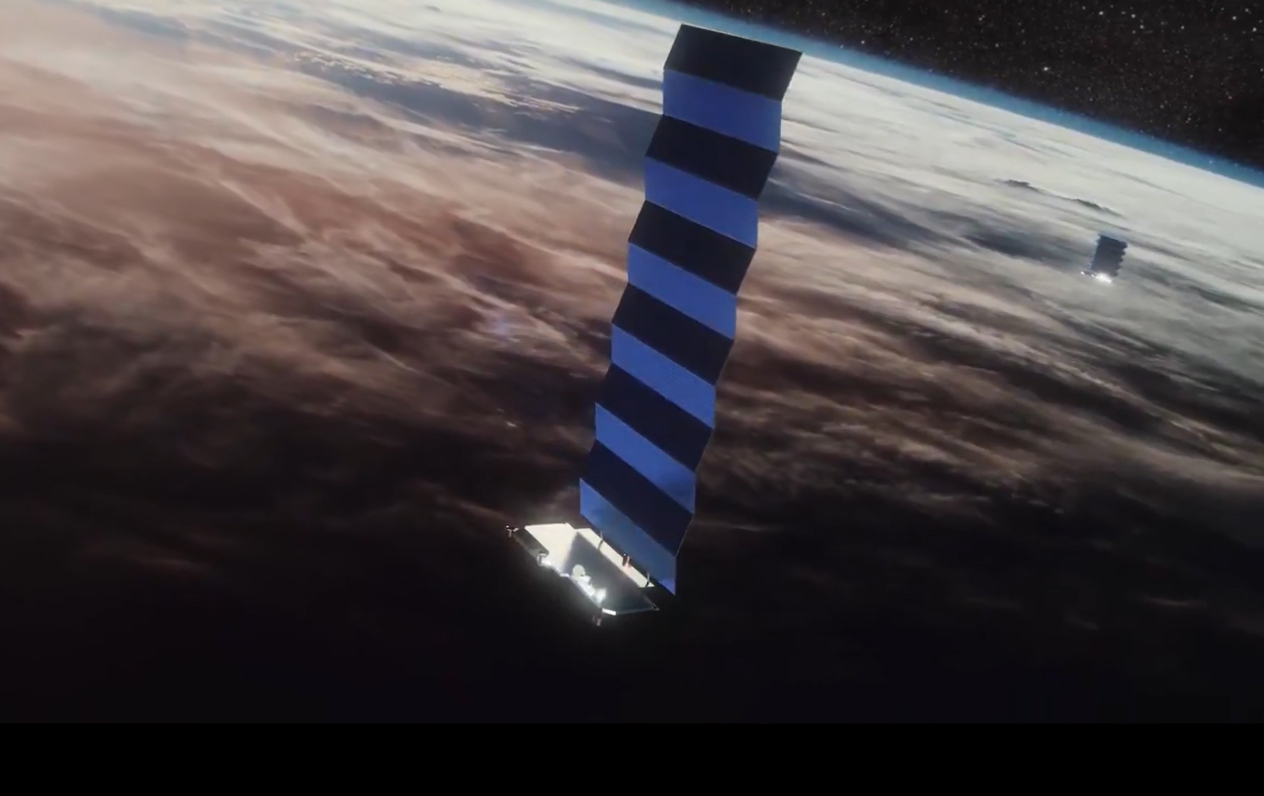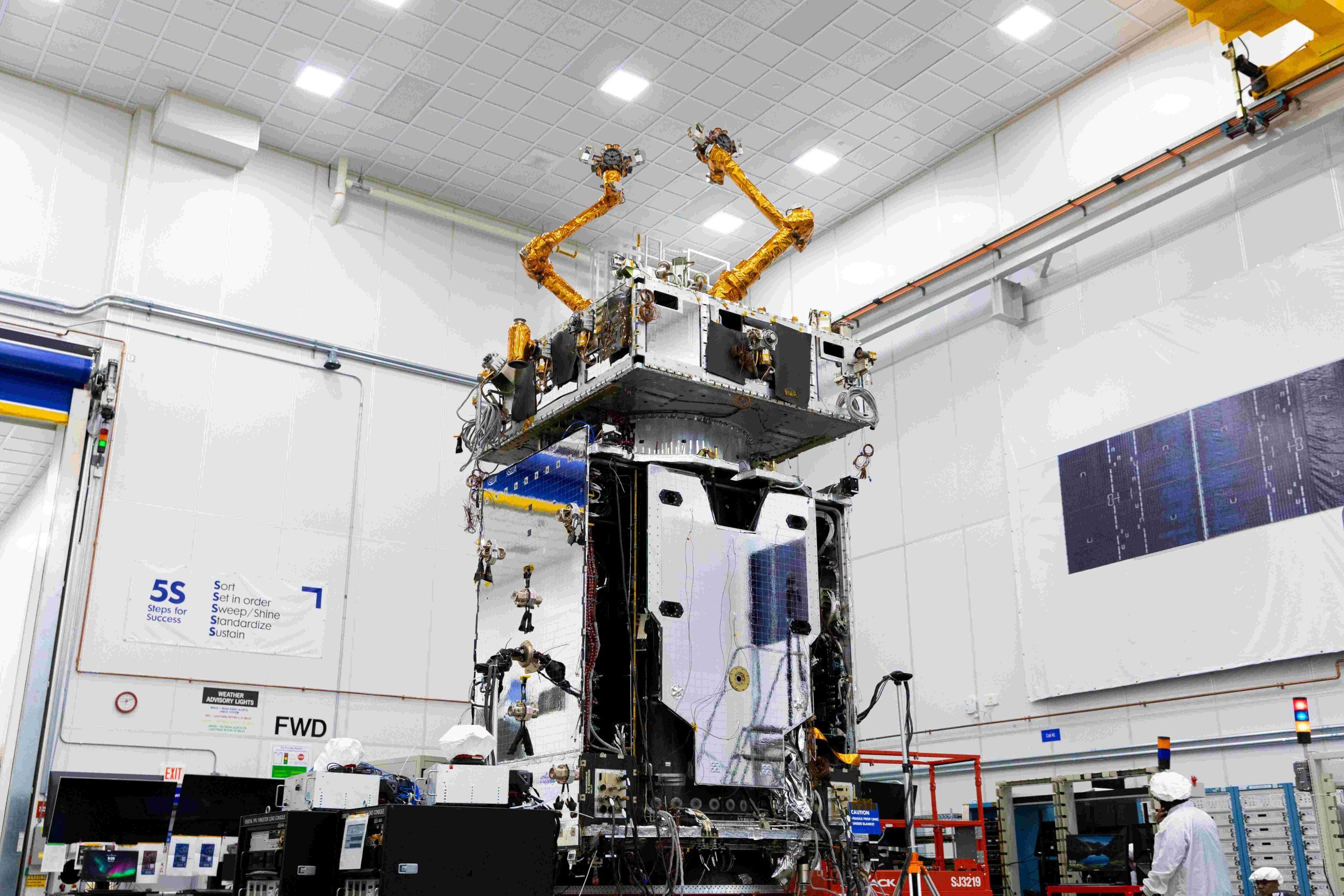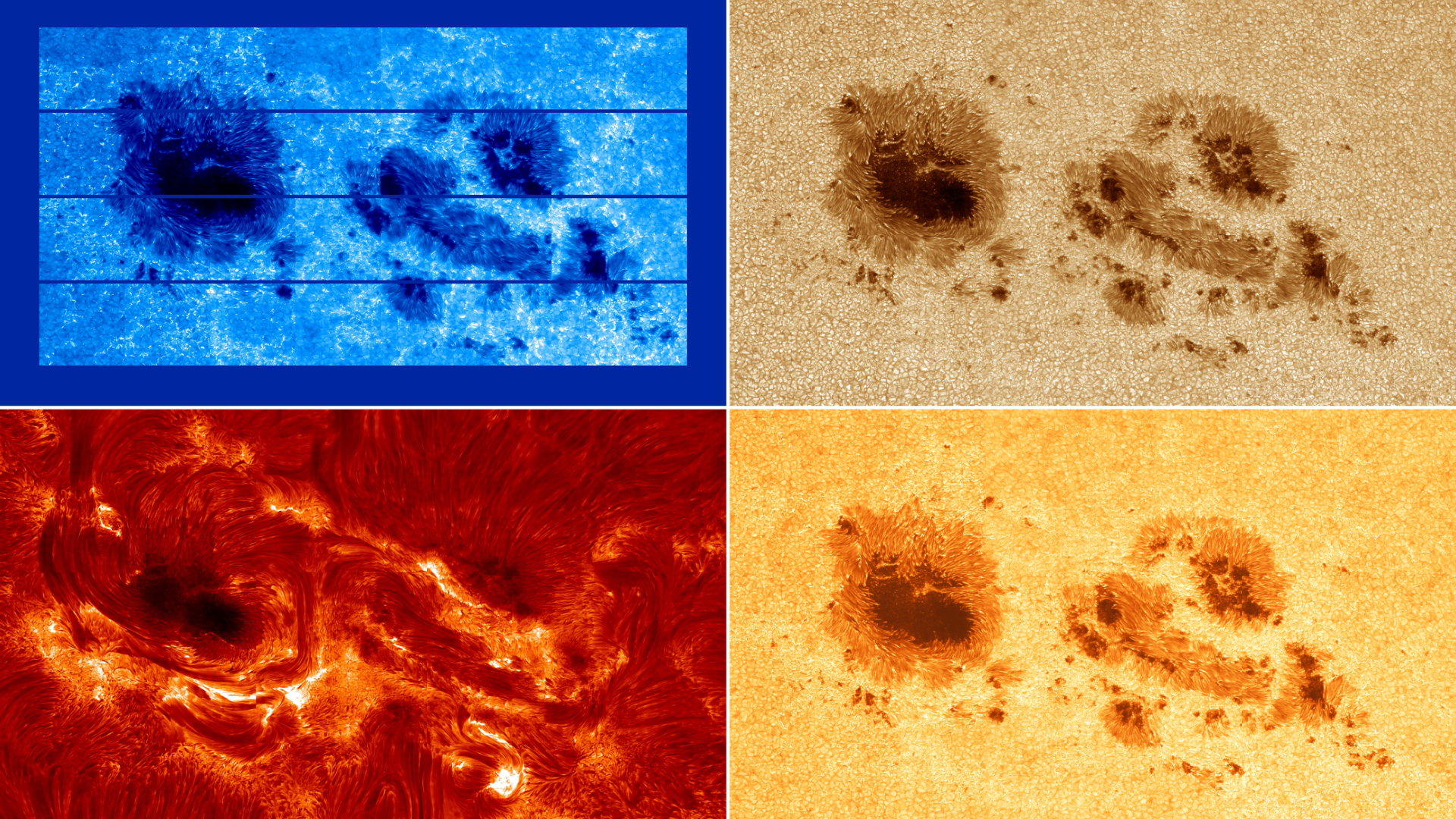
Are we already witnessing space warfare in action? 'This is not just posturing'
"The Russians and the Chinese are demonstrating more sophisticated orbital maneuvering abilities. There's no denying that."

Space-based shenanigans are increasing in Earth's orbit.
Anti-satellite technologies (ASATs) are becoming the new military "must-have" for spacefaring nations — like China, Russia, India, as well as the United States. U.S. military leaders have openly stated that the nation needs space-based weaponry "to deter a space conflict and to be successful if we end up in such a fight." The Chief of Space Operations for the U.S. Space Force stated earlier this year that the service must " harness the benefits of technological innovation and emerging capabilities if we're going to be able to out-compete our competitors."
But what exactly is at stake in orbit, what's up there to strike, and why? Those are issues being thrashed out as countries appear to be investing in capabilities that can take out or disrupt other spacecraft.
Soft-kill
"The Russians and the Chinese are demonstrating more sophisticated orbital maneuvering abilities. There's no denying that," said Bleddyn Bowen, associate professor in Astropolitics and co-director of the Space Research Center at Durham University's school of Government and International Affairs in the United Kingdom.
"Whether they are actual ASAT platforms or not isn't as clear-cut," Bowen told Space.com. "But if you were going to develop those kinds of co-orbital ASATs, they are showing many of the techniques and capabilities that you need," he said.
Bowen said that destroying a spacecraft via a direct-hit, kinetic-kill measure is only one aspect within the ASAT vernacular. Count in "soft-kill" ideas.
"It includes electronic warfare, computer network operations, hitting a country's ground station, sabotaging terminals, even sinking ships that have terminals. Those are all things you can include in terms of "counterspace," or ASATs," said Bowen.
Breaking space news, the latest updates on rocket launches, skywatching events and more!
Interference
Are we already witnessing ASAT techniques in regular use?
"They are happening right now with Ukraine," Bowen noted, pointing to commercial satellite providers, like the SpaceX Starlink system, that have experienced jamming and cyber attacks on their in-orbit hardware.
Similarly, GPS signal interference is front and center, traced back to Russia.
"What you're seeing is the normalization of attacking satellites within war plans. It's becoming a more mainstream aspect of military operations," said Bowen.
But stepping back, Bowen sees a larger worry.
"There are much worse problems on our own planet right now. Authoritarian tendencies … the collapse of ecological systems … a deteriorating climate. That's what really keeps me worried," Bowen said. "Those are all things that are already ruining everything for us. And space is a symptom of it," he said.
Indiscriminate weapons
The past is prologue for space, suggests Bruce McClintock, lead of the RAND Space Enterprise Initiative and a senior policy researcher for the organization, and a professor at the RAND School of Public Policy.
"In the early space-era, the Soviet Union and the U.S. extensively tested a variety of different technologies for ASAT weapons, up to and including nuclear detonation tests in orbit," McClintock told Space.com.
While agreements were inked to stop such tests, the Russians are reportedly revisiting the concept and have started developing a system. "That is incredibly concerning," said McClintock.
"There are enough indicators from enough nations that this is not just posturing," advised McClintock. "A lot of people are talking about Russia doing this. It's an indiscriminate weapon. It can't just target certain satellites. It would have short to long-term effects for everybody," he said.
Dependent on space
McClintock said Russia is, in general, minimally dependent on space. On the other hand, the United States is maximally dependent on space for its economy and for warfighting. China is growing more and more dependent on space, as evidenced by their nearly day-by-day launch rate, he said.
"Therefore, it's in Russia's interest to develop what I call a 'sword of Damocles-like capability' to hang over the heads of not just the U.S., but everybody," McClintock said.
Exasperating the situation, in some ways, is the on-going development of devices to "clean up" outer space by de-cluttering the cosmos. "One person's debris removal system is another person's ASAT weapon," said McClintock. Similarly, efforts to use spacecraft to refuel, repair, or modify in-orbit spacecraft are gaining traction.
Golden Dome
One new project that is literally looming on the horizon is the U.S. Golden Dome — U.S. President Trump's quest for a layered missile defense shield for America.
Golden Dome is, in large measure, a replay of President Ronald Reagan's Strategic Defense Initiative ("Star Wars") plan announced in 1983.
But fast forward to now. Given micro-miniaturization advancements, communications, processing capabilities, low-cost launch and other factors, the 2025 model, like its predecessor, includes space-based assets to defend the homeland from current bad-day scenarios.
"The Strategic Defense Initiative and Golden Dome are the same in that they revolve around space-based weapons," observes Durham University's Bowen. His view is that the Golden Dome system cannot work as a nuclear missile shield. "That's a non-starter, but as a space-based interceptor or counterspace system against satellites, yes, there's a lot of potential there," he said.
That doesn't mean it's the right policy choice, said Bowen, "but it's technically feasible."

Topic for conversation
RAND's McClintock agrees that many of the technology challenges of the older Star Wars program have been overcome. "But space-based interceptors are still an incredibly complex concept. It's going to be very difficult to develop, test and field on a rapid time line," he said, "but hypothetically yes, there is a potential role for space-based interceptors as ASATs.
McClintock feels that an important topic for conversation is the need for greater transparency in space. "It's not impossible. It's incredibly difficult to hide what somebody's doing on-orbit. I think increased transparency is something that needs to be pursued," he said.
While forecasting the future is crystal-ball gazing to be sure, McClintock said he is cautiously optimistic.
"I see the incredible potential of space for the benefit of humanity. I want to keep that optimism because there's so much potential that is presently untapped," said McClintock. At present, however, "space is a contested environment in the same way that every other domain is contested. Nations want and will, and are going to use space to pursue their national interests," he concluded.
Counterspace capabilities
Can ASATs be construed as a "security blanket" for spacefaring nations?
"I wouldn't necessarily say that, but more countries are investing into counterspace capabilities because they are perceived partially as ways in which to ensure access to and use of space," responded Victoria Samson, chief director of Space Security and Stability at the Secure World Foundation that promotes cooperative solutions for space sustainability.
Continuing, Samson said nations pursuing counterspace capabilities also do so out of concern of being left behind competitors and rivals or at least not being seen as keeping up with others.
For example, U.S. Space Force officials talked a lot this past spring, Samson said, about a series of rendezvous and proximity operations (RPOs) repeatedly done by Chinese satellites throughout 2024, calling it "dog-fighting in space," a phrase that is extremely inaccurate, she said.
The Indian Space Research Organization (ISRO) had been conducting a docking procedure and officials proclaimed that they can now "dog-fight" in space as well, "which again is inaccurate," Samson said.
Strategic stability
Samson said that while she doesn't see kinetic ASATs as being particularly useful, "we're seeing the line blurred between satellites conducting Space Situational Awareness (SSA) and those that are doing RPOs," she told Space.com.
SSA means keeping an eye on objects in orbit and forecasting where they will be at any given time.
"This can be a challenge because ostensibly more information about activities and objects in orbit should be a stabilizing factor," Samson said. "But if it's being collected in a manner that is deemed to be threatening or concerning, it might itself result in escalation and upend strategic stability," she concluded.
Regarding the U.S. President Trump support of Golden Dome that contains a space-based interceptor layer, or SBI. "I have a lot of questions about its feasibility as a boost phase interceptor, but SBIs would be great ASAT weapons," said Samson.
The Secure World Foundation's 2025 Global Counterspace Capabilities Report is available online.

Leonard David is an award-winning space journalist who has been reporting on space activities for more than 50 years. Currently writing as Space.com's Space Insider Columnist among his other projects, Leonard has authored numerous books on space exploration, Mars missions and more, with his latest being "Moon Rush: The New Space Race" published in 2019 by National Geographic. He also wrote "Mars: Our Future on the Red Planet" released in 2016 by National Geographic. Leonard has served as a correspondent for SpaceNews, Scientific American and Aerospace America for the AIAA. He has received many awards, including the first Ordway Award for Sustained Excellence in Spaceflight History in 2015 at the AAS Wernher von Braun Memorial Symposium. You can find out Leonard's latest project at his website and on Twitter.
You must confirm your public display name before commenting
Please logout and then login again, you will then be prompted to enter your display name.



